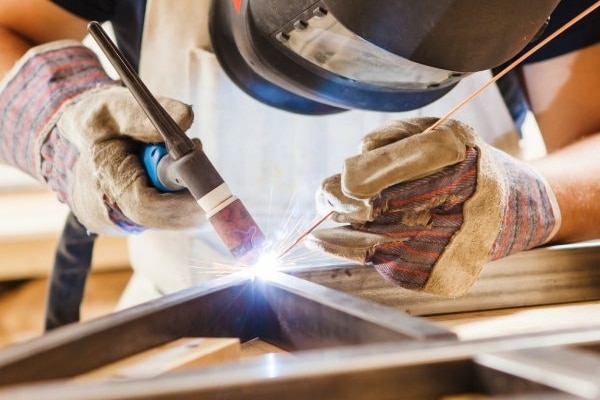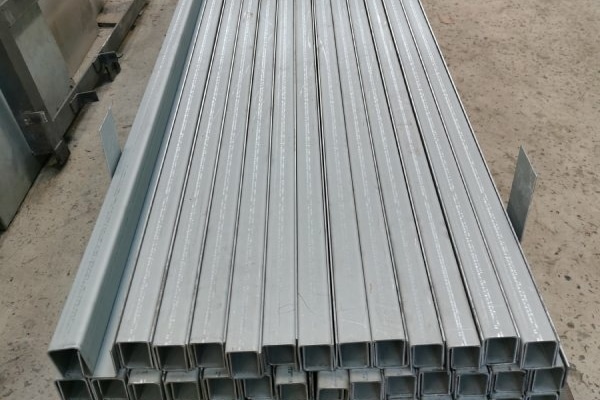Cold Roll Forming vs. Angle Welding

Cold roll forming and angle welding often get compared to each other. Indeed, the processes can seem quite similar. However, it’s important to know the benefits of using one over the other before going ahead with any project.
Got a question?
Talk to the experts today, get the support that speaks your language...
What is Angle Welding?
Angle welding is the process of using a welding torch between the weld axis and the electrode axis when completing a project featuring metal formation. Welding at this angle can mean a higher degree of control over the final product, including how thick or thin it might be.

Advantages of Cold Roll Forming
Better Yield: You can put more materials into the process, including carbon steel and pure iron, meaning you get more results out of it. You don’t have to worry about coming away with uneven work that features different imperfections in each profile, thanks to the low temperature cold roll forming is conducted within. All pieces will have more uniformity, meaning your project yield will be higher.
Improved Product Strength: A lack of heat during the formation process means the metal will have a higher tensile strength. This will make it far more durable in all applications.
More Affordable & More Efficient: No need for heating keeps costs down, and a better yield means a lower waste profile at the end. You don’t have to throw away as much compared to something like angle grinding, meaning no impact on your profit line.
High Speed Production: The metal involved does not have to be heated, and therefore does not have to heat up or cool down. Work can be carried out immediately, meaning the production tends to be twice that of something like angle welding.
Good For Projects That Require Repeatable Consistent Parts: Thanks to the high speed production and more uniformity within the yield, cold roll forming can mass produce the same parts on a large scale.
For more information on cold roll forming and how it's conducted, check out our page.
Disadvantages of Angle Welding
More Costly Than Cold Roll Forming: If you’re going to weld an angle together, you’re also going to need more specialist labour on your payroll.
Smaller Yield Than Cold Roll Forming: More waste products featuring various imperfections means a smaller, more expensive final yield.
Less Accurately Repeatable Compared To Cold Roll Forming: Angle welding often results in an uneven balance when cooled off. As such, the results can vary from profile to profile, and it’s much harder to repeat work from one to the other.
What are the Applications of Angle Welding?
There are various applications to angle welding. Firstly, the angle can help determine how much heat is used during the process. For example, using the angle at an acute direction will keep the torch burning hot during the weld leading to a customised finish. Angle welding can also determine how wide the final weld bead will be when completed.
However, the process is not without its disadvantages. Compared to something like cold roll forming, it has many downsides

Read more...
Get In Touch to Enquire About Our Cold Rolling Capabilities
You can contact our friendly, knowledgeable and experienced team for enquiries relating to the production of yacht fenders and any cold roll forming enquiries via telephone, email or filling out the contact form
